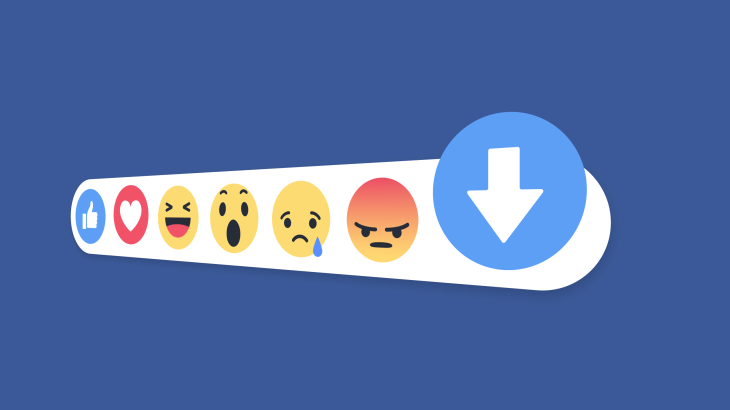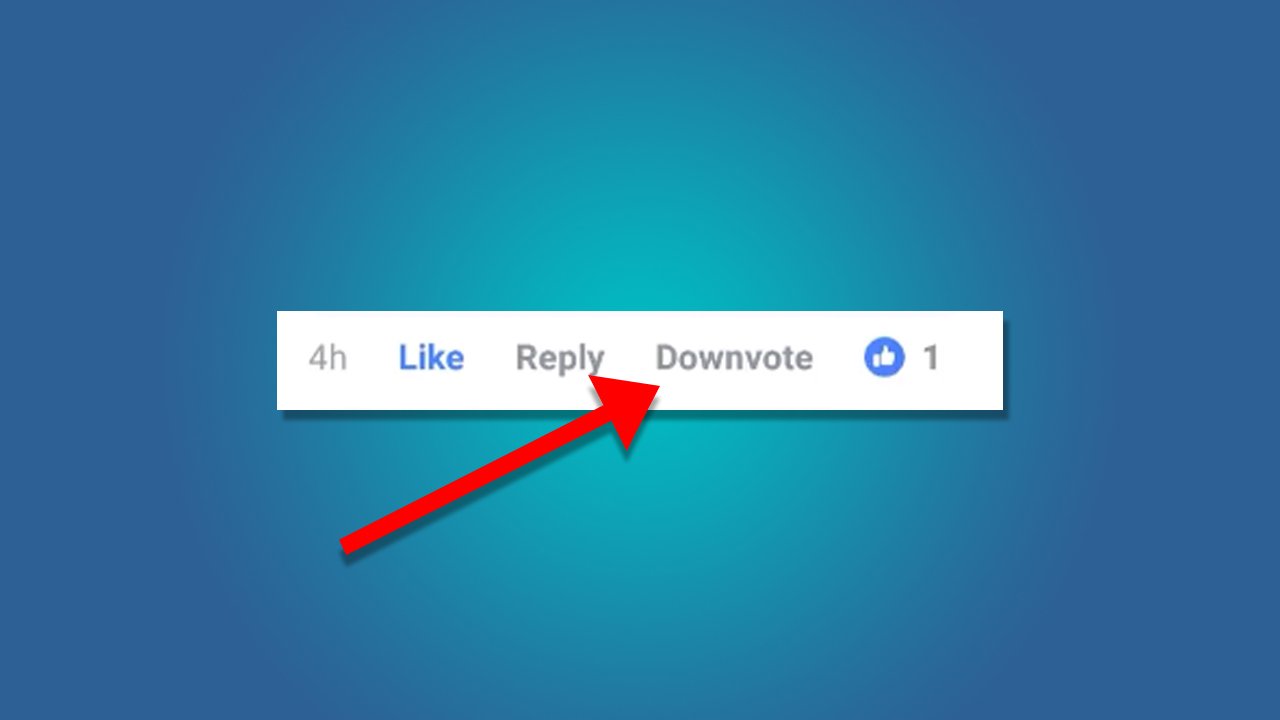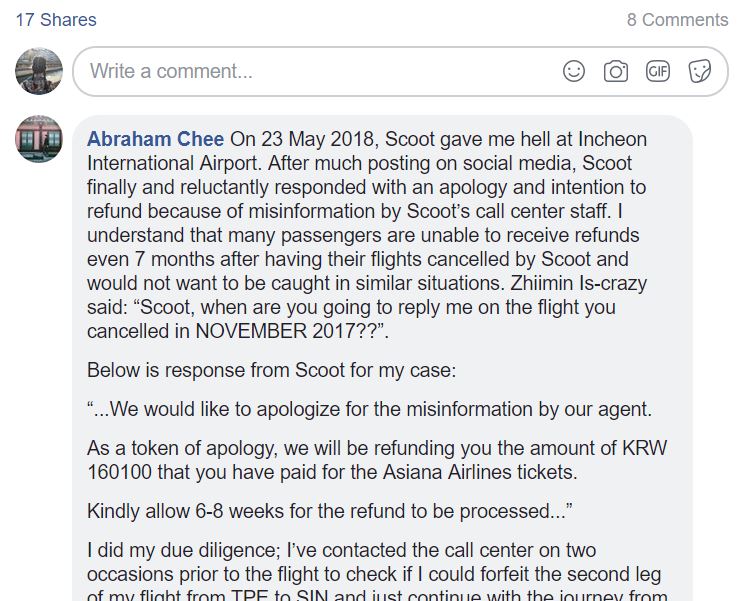
Facebook’s New Downvote Feature Will Change The Way You Engage Your Customers
People have been asking Facebook for a “Downvote” button since time immemorial… and Facebook has finally delivered.
Now, if you’re scratching your head and wondering why you haven’t seen it, that’s because the feature isn’t available in Singapore yet. As of now, Facebook is only testing the feature in Australia, where consumers can Upvote or Downvote comments based on quality.

According to Facebook, the goal of this new feature is to increase Facebook’s relevance to its users, as well as generate higher-quality conversations.
Here’s how it works:
If a user thinks that a comment is particularly helpful or insightful, they Upvote the comment. On the flip side, if a user finds a comment disrespectful or out of line, they Downvote it.
Once these gain some traction, comments made by trolls will naturally be pushed to the bottom of the heap, and the most relevant comments will rise up the ranks.

Now, given that the feature isn’t available in Singapore (yet!), local businesses have some time to work on their social media strategies, and work on the impending change.
How should companies adapt to this change? For one thing, companies will now have to be hyper-vigilant about the content that they post on social media.
In the past, brands who share a post which doesn’t resonate well with their audience would probably be met with radio silence (or perhaps a sarcastic comment or two).
Now that Facebook is actively encouraging its users to comment (and rank other users’ comments), this opens up a can of worms. Upon seeing a post by a brand which doesn’t sit well with them, users might intentionally post snarky, sarcastic comments, and assuming other users feel the same way, your post might be overrun by a deluge of negative, scornful responses.
One particular industry that will have to be on their toes?
The airline industry.
As it is, airlines such as Scoot have to deal with negative comments (regarding their service!) on their promotional posts on Facebook.

This post about planning an itinerary for a Greek holiday, for example, drew the following comment:

Now, this comment only drew two Reactions – one “Like”, and one “Angry”.
Had the Upvote and Downvote feature been present, however, things would probably have panned out differently. We can imagine this particular comment being Upvoted into oblivion, and should all of Scoot’s promotional messages be similarly overrun by angry ex-customers, they’d have a full-blown PR crisis on their hands.
Bearing this in mind, how can companies adapt the way they engage with their customers, and avoid getting into sticky situations?
First and foremost, brands will have to be more cautious about the content they post. If you’re going to capitalize on deaths, or try to hog the limelight when you’re supposed to be honouring an Olympic Gold Medallist, then you can expect Facebook users to come down on you (and even more harshly than the pre-Downvote days).
On top of that, companies should also ensure that they have a proper feedback channel where consumers can air their grievances (and get timely responses). Should the appropriate channels be available, then perhaps fewer folks will take to Facebook to vent and belittle brands.
To get stories like these delivered straight to your inbox, sign up for RICE’s newsletter!
